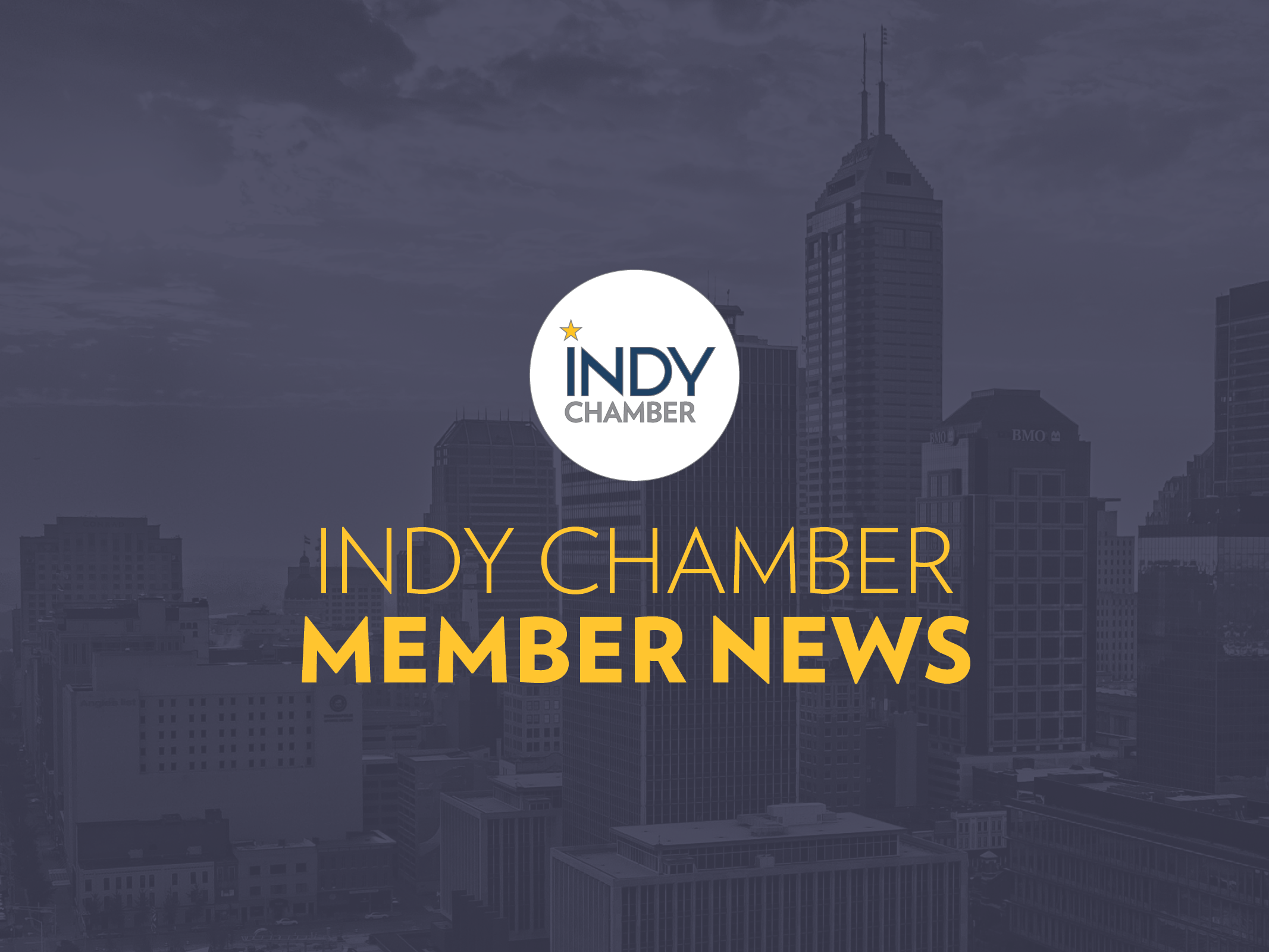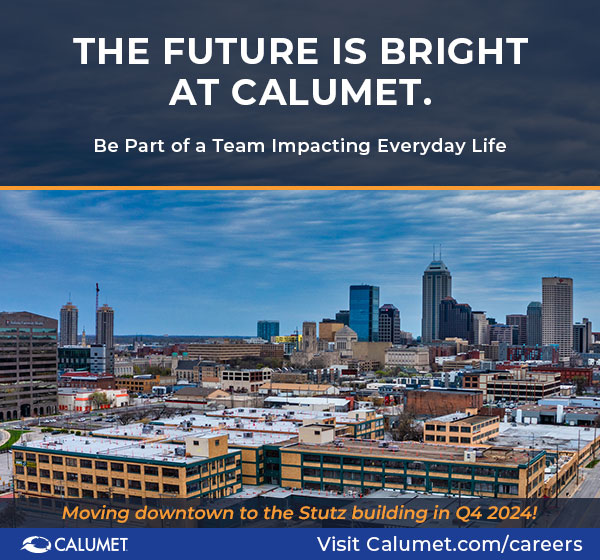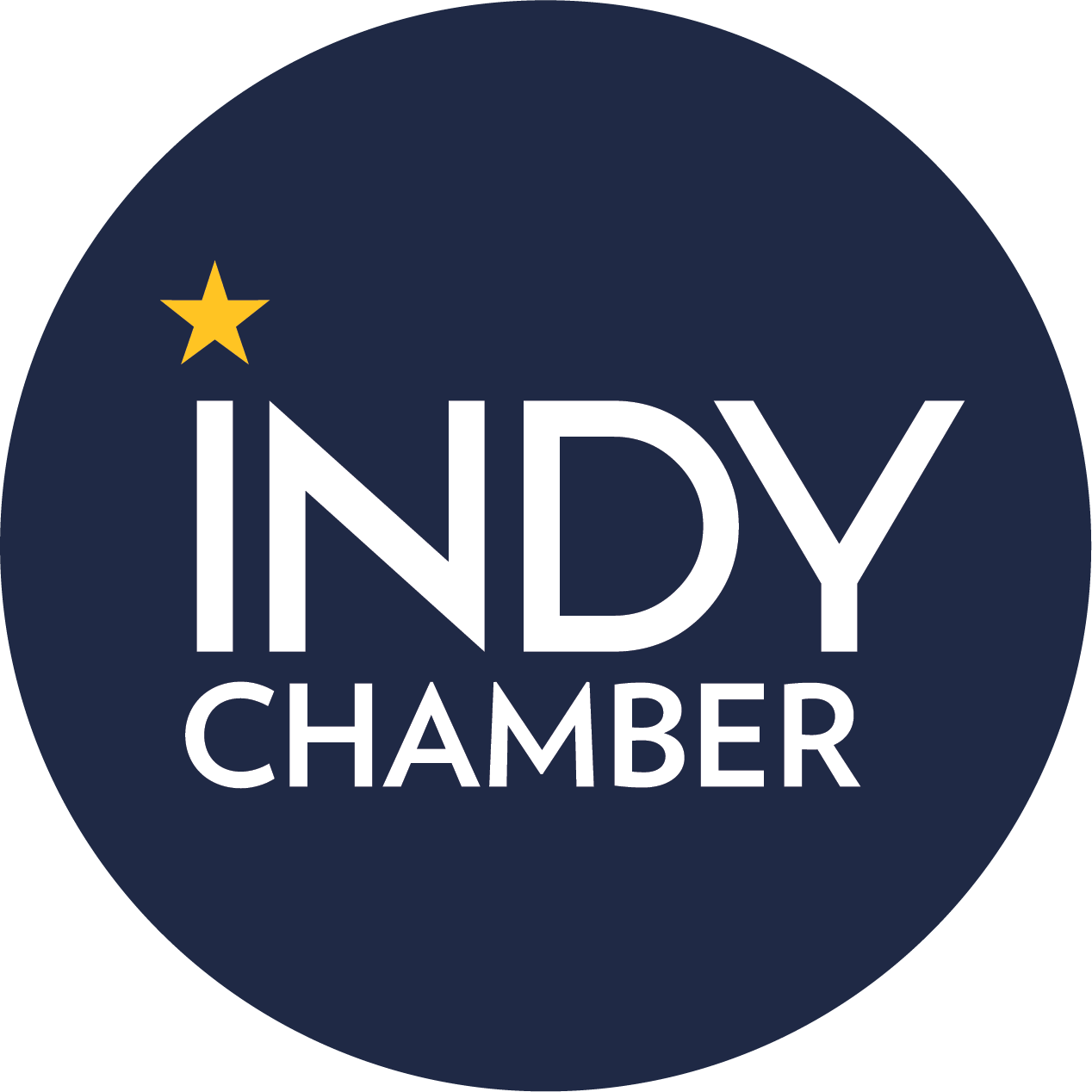Faces of Indy: Chelsea Marburger

Chelsea Marburger: Social entrepreneurship, neighborhood empowerment
Chelsea Marburger grew up in a log cabin in rural Indiana, a 4-H kid with big ambitions. After high school, she joined a common Millennial migration – young people moving from small towns to larger cities for college, career and a more compelling quality of life. But Chelsea’s journey as been anything but typical.
She first traveled to Chicago to study at Loyola University, but family circumstances led Marburger to look closer to home to continue her education – and she found the perfect program at the IU School of Environmental and Public Affairs (SPEA) on the IUPUI campus in the heart of downtown Indianapolis.
“I fell in love with Indianapolis and had professors [at SPEA] who prepared me to make a real impact through my passion for the city,” she said. “Studying at IUPUI gave me the chance to earn my degree and then practice what I’d learned right here in the community.”
Lessons in Livability
One of Marburger’s favorite SPEA professors was Drew Klacik, also a senior policy analyst for the Indiana University Public Policy Institute and a guru of regional economic development.
“Cities like Indianapolis have a competitive edge because they can attract and retain skilled and creative workers – the quality of life that appeals to smart young people like Chelsea,” said Klacik.
In the eight short years since coming to Indianapolis, Marburger has heeded Klacik’s lessons and made her mark on the vibrancy of her adoptive hometown.
Expanding Opportunities
After a three-year stint as the Director of Civic Engagement for the Indianapolis City Market, Marburger struck off in a new direction: As Assistant Director of State Programs for Complete College America, she worked with colleges and universities spread over a 13-state region on initiatives to help unprepared and disadvantaged students earn their degrees.
She also became involved in the State Department of Agriculture’s ‘Indiana Grown’ program, building on an interest in locally-sourced and sustainable food heightened through her work helping coordinate and promote the Original Farmers' at Indianapolis City Market. But while these pursuits took her across the state and nation, her passion to make a difference in Indianapolis led to another new venture.
It started with a Facebook post.
“Around Thanksgiving, people share giving ideas – and I kept seeing one about packing purses with supplies for women in homeless shelters,” she recalled. “It’s a great idea, but the need is year-round, not just at Thanksgiving and Christmas. And I wondered if this effort could be scaled up if you combined the direct sales philosophy with philanthropy?”
Marburger pondered the number of invitations she received through friends and acquaintances for ‘peer to peer’ businesses like Pampered Chef, Younique or Rodan & Fields, where sales were made by organizing social gatherings to try out the products. ‘Purse parties’ were a growing segment of this trend, with brands like Stella & Dot pitching its products through home-based, independent sellers.
“I thought, why not try a reverse purse party™,” Marburger said. “Instead of buying a purse, bring one, pack it with supplies during the party and write a personal note of encouragement to the woman who will eventually receive it.”
From this brainstorm, Project Purse Indianapolis was born, and quickly grew.
“The reverse purse parties™ really caught on as a way to have fun and do something positive for the empowerment of women here in Indianapolis, and a great team-building opportunity for employers and organizations,” Marburger said, noting that the first party she organized was for a volleyball team she helped coach at the time.
To date, Project Purse Indianapolis has collected over 15,000 products, donated nearly 4,000 purses, and impacted the lives of countless women across Central Indiana by giving to partners like the Outreach, Inc., the Coalition for Homelessness Intervention & Prevention (CHIP), Coburn Place Safe Haven, Dove House Recovery House, and a dozen more.
“We tag our social media with #PowerofthePurse,” she noted. “But the power has really come from the number of organizations – businesses, other non-profits, universities, and so many more – that have hosted events and made contributions through the years…it’s taken on a life of its own.”
A Collaborative Community
Not many people could create and lead a growing non-profit while balancing a full-time career and other volunteer and family commitments. Marburger possesses unusual reservoirs of energy and enthusiasm, but she credits the “collaborative spirit” of Indianapolis for creating the environment that makes it all possible.
“People in Indianapolis are more than willing to give you access and a forum to share your ideas – and a helping hand if the idea is a good one,” she said.
“I don’t agree with the idea that ‘Indianapolis is a big city with a small-town feel’ – that’s too modest,” Marburger continued. “We’re a big city, period, with all the resources and opportunities that come with it – but we’ve managed to create a culture that encourages people, employers, the public and philanthropic sectors to work together and accomplish big things. There’s nothing small about Indianapolis.”
Marburger has new opportunities to practice this philosophy in her new “day job:” Executive Director of the Meridian-Kessler Neighborhood Association (MKNA), covering some of Indy’s most historic neighborhoods.
“Meridian-Kessler is a diverse community of people, employers and institutions,” she said. “It includes some of the most prominent and affluent areas of our city, but also places with so much exciting potential for redevelopment and new investment. But what unites them is a shared commitment to a more livable neighborhood – it’s that sense of engagement that drew me here.”
And a Connected City
Marburger isn’t just excited about the civic connectivity she’s helping build through MKNA, but also the physical connectivity that’s on the way: Soon, construction will begin on the city’s first bus rapid transit route, the Red Line, which runs north-south through the center of Meridian-Kessler.
“We have such an opportunity with transit,” she said, noting that the Red Line will be the backbone of an expanded system connecting people, employers and neighborhoods across the city. “Whenever friends and family travel somewhere with a great transit system, they rave about how easy it is to get around…I’ve always thought, ‘We could have that here’ – and now we’re on our way.”
Transit is one part of a movement for mobility that Marburger also saw first-hand in the Fountain Square neighborhood, where she started Project Purse and helped promote music and other happenings at the HI-FI, a local concert and event venue. The extension of the downtown Indianapolis Cultural Trail to Fountain Square created a walkable connection to the historic district.
“We saw a dramatic increase in foot traffic and activity, of visitors discovering they loved Fountain Square and becoming regulars,” she said. “And that’s what’s so great about Indianapolis: Our city has so many great places and things to do, and ways to make a difference – it’s up to all of us to encourage and empower more people to explore all the city has to offer.”
Member Stories

RadBot Video Guest Hosts MFT 3/17 on 99.1FM

Join Our Newsletter
Quick Connect Links


